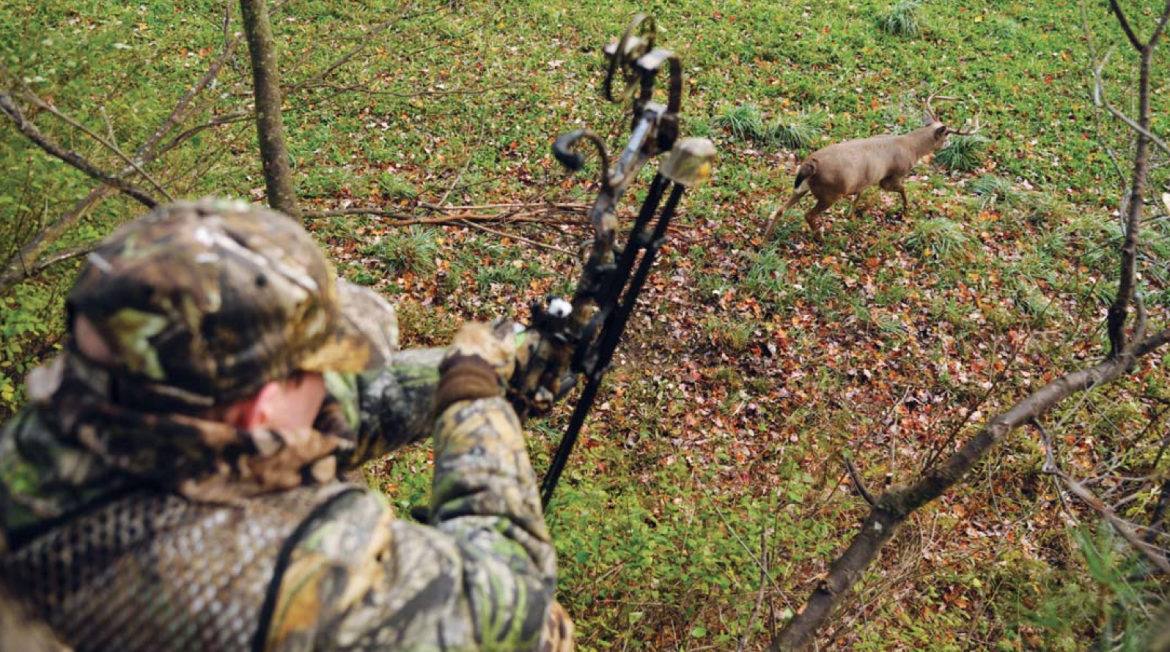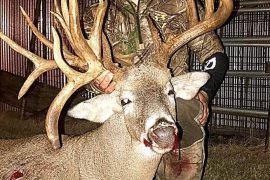
Ask most bowhunters how many steps are involved in aiming and they’ll normally say something like, “One. Put the pin on a target and release.” This simplistic approach to aiming with sights — in some respects, while aiming instinctively with traditional gear — is the root cause of many common shoot- ing problems, including trigger punching, target panic and scatter- gun arrow groups.
In reality, there are many steps to proper aiming, which I break into three defined steps: align, acquire and aim.
ALIGN YOURSELF
To begin each shot, extend the bow toward your target, placing the pin where you want to hit, and powering the bow string straight back smoothly and evenly If you cannot accomplish this, you’re over-bowed.
This assures engaging the target more quickly and produces far less movement that can alert sharp-eyed deer. But before you begin actual aiming, there are a few things to be accomplished.
Your anchor must be rock solid, perfectly comfortable, anatomically natural and 100 percent repeatable.
Without this, you’ll never shoot your best. The best anchor points are based on unmovable physical features — namely bone or teeth. To make my anchor even more bulletproof, I use a double-reference system, pulling my index finger into the corner of my mouth (beneath a specific incisor) and hooking my thumb behind my jaw.
In traditional archery, your anchor point provides the rear “sight” in the system.
With bow sights, you must align the peep with the sights. I prefer circling a round pin guard inside a larger peep (1⁄4 to 3/16 inch, depending on axle-to-axle length and how far the peep sits from your eye at full draw), providing better low-light visibility, instant torque detection and zero anchor shifting between various ranges. At this point, it’s fine to close or squint one eye for more positive alignment.

ACQUIRE THE TARGET
Only after every part’s aligned solidly should you worry about consciously getting pins on target. (You…





